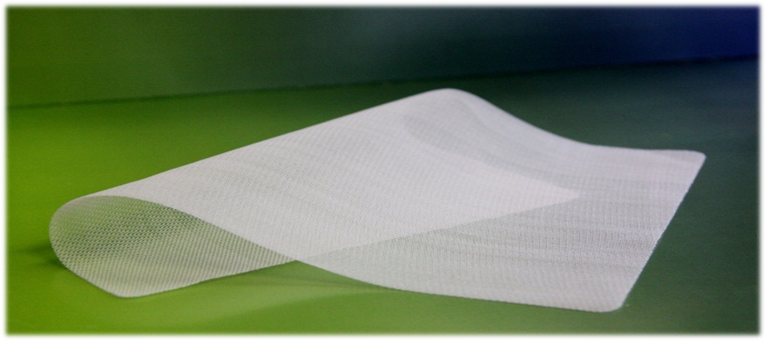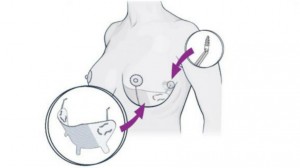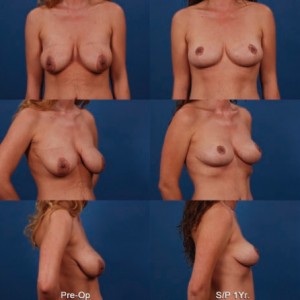
The statistics are staggering when it comes to breast surgery. There’s no doubt women are looking for anything that will make their breasts look more feminine and young. A whopping 300,000 women had breast augmentations in 2013, while 30,000 opted for breast lift surgery, according to the American Society of Plastic Surgeons.
Sometimes it’s not just about feeling beautiful, it’s about feeling more normal. Either way, surgery may be required, occasionally combining breast augmentation with a breast lift.
By Robert T. Grant, MD
and Beverly Brooks
The Plastic Surgery Channel

A mastopexy, or breast lift is a surgical procedure used to restore a youthful appearance by removing sagging skin and tightening the tissue that surrounds the breast. This can mean better breast contouring in many cases. Women’s breasts change over time causing a drooping appearance which can be due to aging, breast feeding, even genetics.
A breast lift can be combined with a breast augmentation, involving the use of implants to create larger and fuller breasts. Implants can increase volume after weight loss or pregnancy, increase the size of small breasts, and restore perkiness. Breast implants are also used to reconstruct breasts that have been damaged or removed due to illness or breast cancer.
If a person has low hanging breasts, then a breast lift procedure can be combined with implants for the desired effect. Breast lift and breast augmentation can be combined in one surgery or done separately. “There’s nothing wrong if the doctor recommends just implants and then a breast lift later,” says board certifed plastic surgeon Dr. Robert Grant in New York. “However, many times patients don’t want two surgeries and would prefer having both done at the same time.”
Material to Support Breast Tissue

Recovery
Following surgery, your breasts will be wrapped in gauze dressings and an elastic bandage or support bra to minimize swelling and support the breasts as they heal. You can go home after a few hours and may need to wear a support bra around the clock for the first week or two. After a post-surgical recovery period of 24 to 48 hours and an additional reduced-activity period of a few days, you will likely experience soreness and swelling for a few weeks. Exercise and normal activity can resume at the direction of your plastic surgeon.














Facebook
Twitter
Instagram
YouTube
RSS